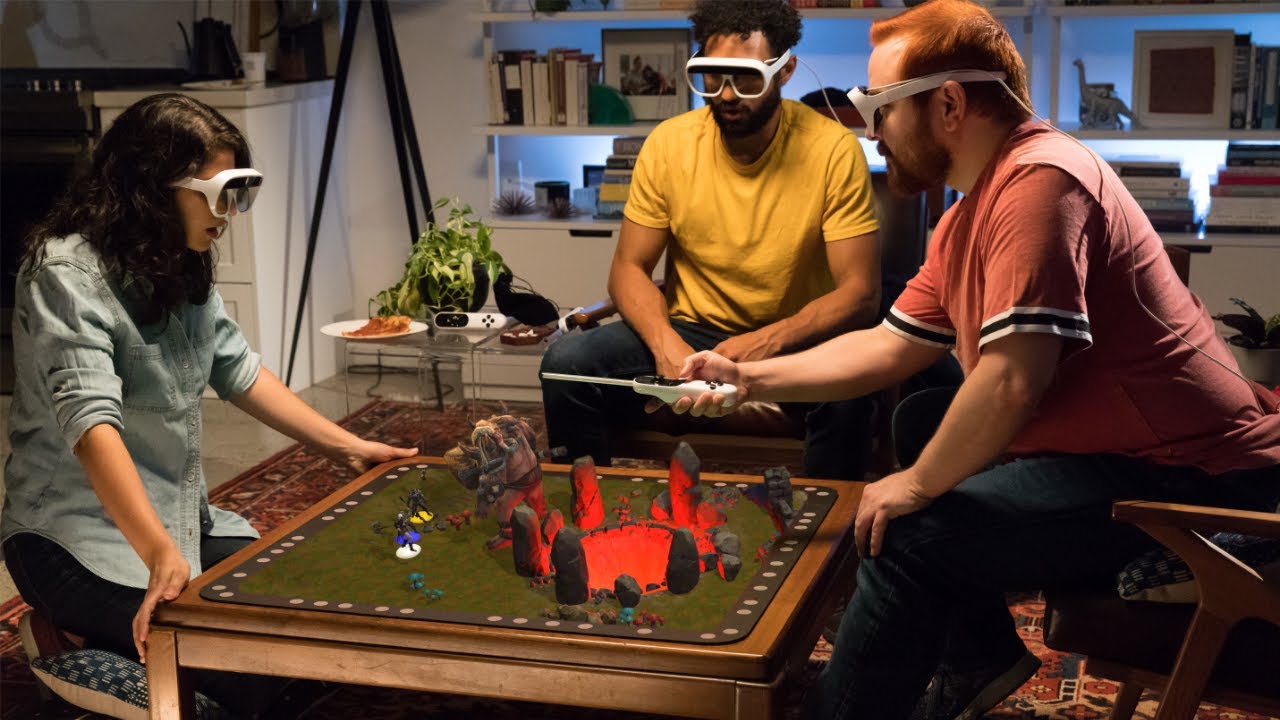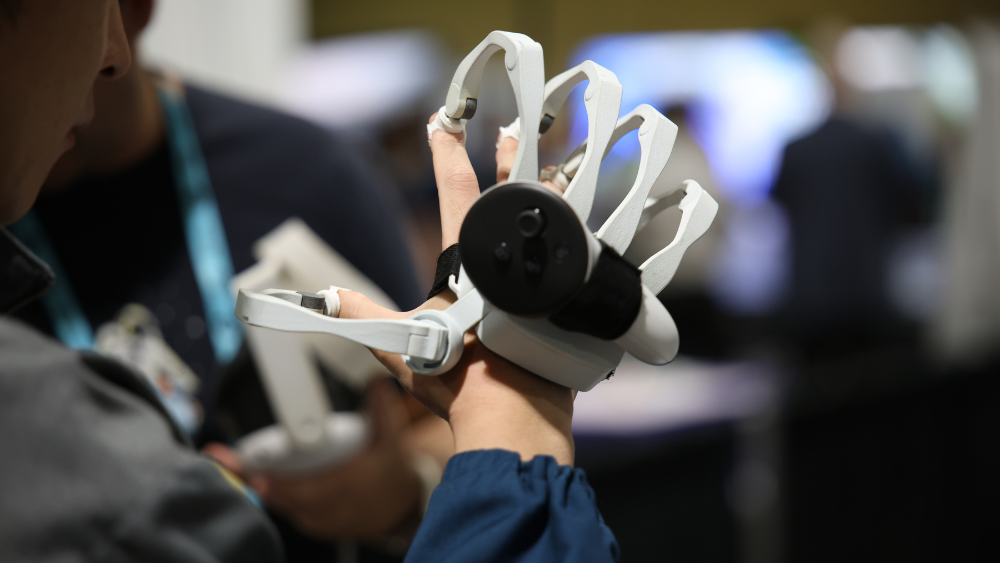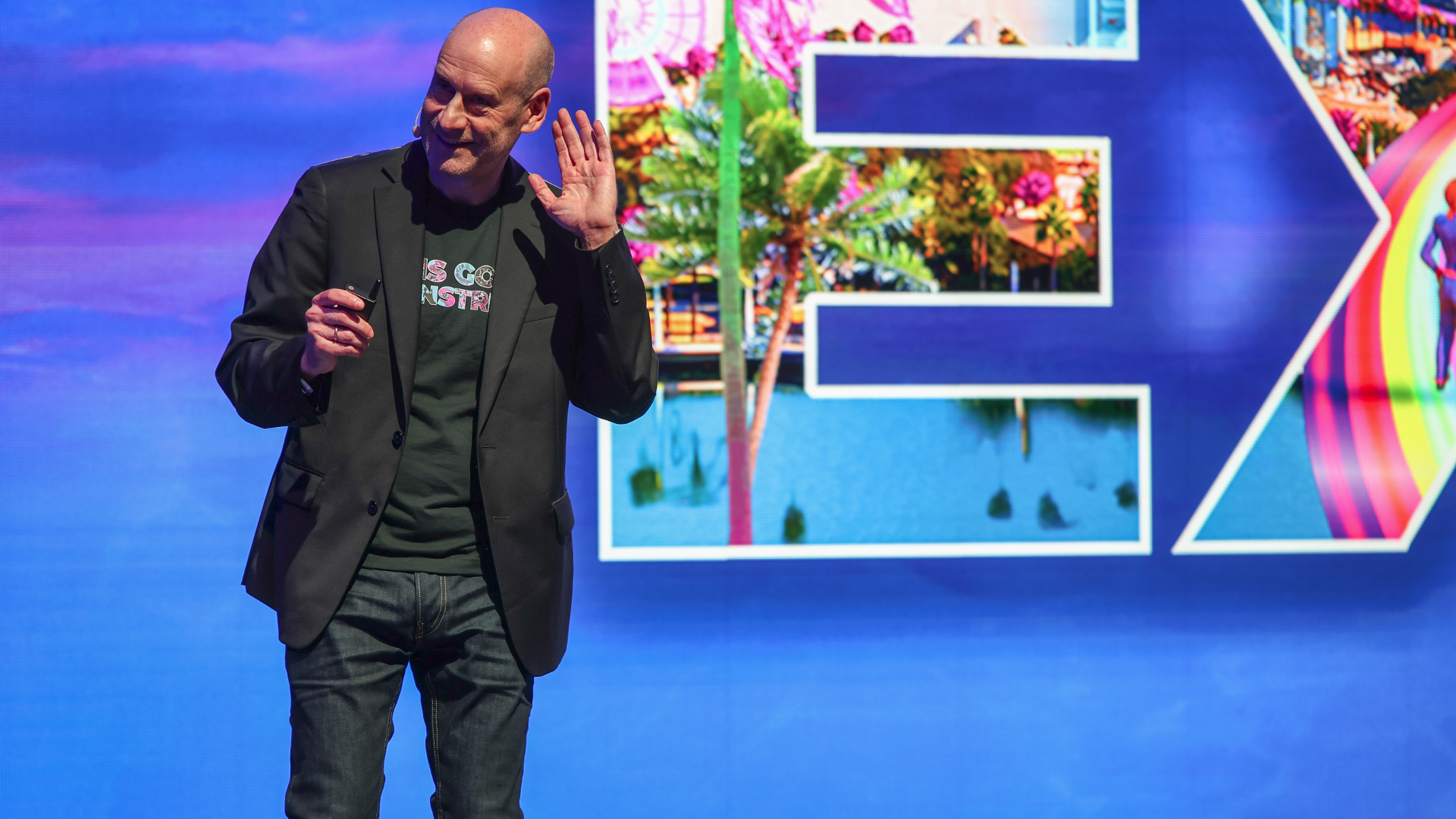Welcome back to AWE Talks, our series that revisits the most engaging content from AWE’s catalog of presentations and panel discussions. With a fresh batch of content from AWE USA 2022, there's still plenty to dive into.
This week, we take a look at one of AR's most exciting players: Tilt Five. With a focus on a tabletop gaming experience, the company is pushing all kinds of technical boundaries and modeling AR business lessons.See the summarized takeaways below from founder & CEO Jeri Ellsworth, along with the full session video. Stay tuned for more video highlights each week and check out the full library on awe.live and AWE’s YouTube Channel.
– AR is a double-edged sword: It's exciting and novel but a departure from established behavior.
– That means it carries the curse of new technologies: having to educate consumers at scale.
– For these reasons, AR is most successful when it builds on the familiar.
– If it's anchored in an established and comfortable activity, it's less of a behavioral leap.
– For example, Snapchat lenses built on the already-popular act of selfie sharing.
– This is also a guiding principle for Tilt Five, which builds on the familiarity of family game night.
– This involves a retroreflective board that works in tandem with AR glasses to render graphics.
– It's also a platform where developers can build games and experiences for this form factor.
– The result is a range of tabletop AR experiences, mostly in a social and shared context.
– This builds on the familiar space of your tabletop, enlivening it with gamified digital depth.
– Tilt Five has also strategically targeted an experiential sweet spot in the spatial spectrum.
– VR is too disembodied while most AR glasses suffer from washed-out, low-contrast graphics.
– Tilt Five has been able to sidestep this and many other longstanding AR technical challenges.
– These technical achievements are partly due to Elsworth and team's technical acumen.
– It also has to do with the tabletop approach, which lets Tilt Five sidestep some AR limitations.
– These limitations usually arise as hardware tries to boil the ocean and achieve "AR everywhere."
– Tilt Five's AR somewhere approach conversely lets it focus on nailing one form factor.
– For example, utilizing the retroreflective board naturally accomplishes occlusion.
– This happens as the board returns light to the glasses that can be blocked by physical objects.
– The result is that unblocked portions of light travel back to the glasses, creating an occluded image.
– The dynamics of the stationary experience also have enabled Tilt Five to achieve a 110-degree FOV.
– Beyond technical dynamics, there are more intangible or unstructured advantages, says Ellsworth.
– For example, the shared digital experience lets players see each other's faces and non-verbal cues.
– Add it all up, and one of the company's key principles is that it's selling holograms, not hardware.
– It will continue to be driven by these hard-fought principles and wisdom of the great Jeri Ellsworth.
For more color from panel, check out the full session below...
 Want more XR insights and multimedia? ARtillery Intelligence offers an indexed and searchable library of XR intelligence known as ARtillery Pro. See more here.
Want more XR insights and multimedia? ARtillery Intelligence offers an indexed and searchable library of XR intelligence known as ARtillery Pro. See more here.
– AR is a double-edged sword: It's exciting and novel but a departure from established behavior.
– That means it carries the curse of new technologies: having to educate consumers at scale.
– For these reasons, AR is most successful when it builds on the familiar.
– If it's anchored in an established and comfortable activity, it's less of a behavioral leap.
– For example, Snapchat lenses built on the already-popular act of selfie sharing.
– This is also a guiding principle for Tilt Five, which builds on the familiarity of family game night.
– This involves a retroreflective board that works in tandem with AR glasses to render graphics.
– It's also a platform where developers can build games and experiences for this form factor.
– The result is a range of tabletop AR experiences, mostly in a social and shared context.
– This builds on the familiar space of your tabletop, enlivening it with gamified digital depth.
– Tilt Five has also strategically targeted an experiential sweet spot in the spatial spectrum.
– VR is too disembodied while most AR glasses suffer from washed-out, low-contrast graphics.
– Tilt Five has been able to sidestep this and many other longstanding AR technical challenges.
– These technical achievements are partly due to Elsworth and team's technical acumen.
– It also has to do with the tabletop approach, which lets Tilt Five sidestep some AR limitations.
– These limitations usually arise as hardware tries to boil the ocean and achieve "AR everywhere."
– Tilt Five's AR somewhere approach conversely lets it focus on nailing one form factor.
– For example, utilizing the retroreflective board naturally accomplishes occlusion.
– This happens as the board returns light to the glasses that can be blocked by physical objects.
– The result is that unblocked portions of light travel back to the glasses, creating an occluded image.
– The dynamics of the stationary experience also have enabled Tilt Five to achieve a 110-degree FOV.
– Beyond technical dynamics, there are more intangible or unstructured advantages, says Ellsworth.
– For example, the shared digital experience lets players see each other's faces and non-verbal cues.
– Add it all up, and one of the company's key principles is that it's selling holograms, not hardware.
– It will continue to be driven by these hard-fought principles and wisdom of the great Jeri Ellsworth.
For more color from panel, check out the full session below...
 Want more XR insights and multimedia? ARtillery Intelligence offers an indexed and searchable library of XR intelligence known as ARtillery Pro. See more here.
Want more XR insights and multimedia? ARtillery Intelligence offers an indexed and searchable library of XR intelligence known as ARtillery Pro. See more here. 


